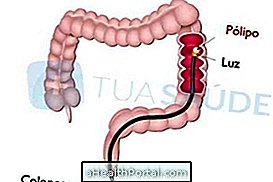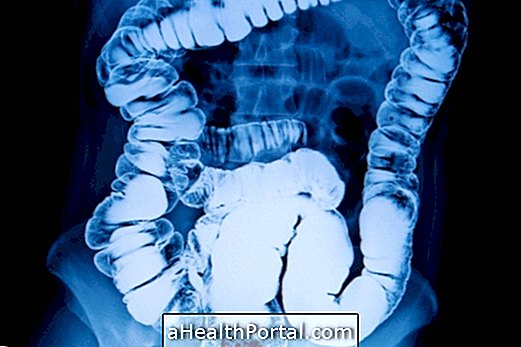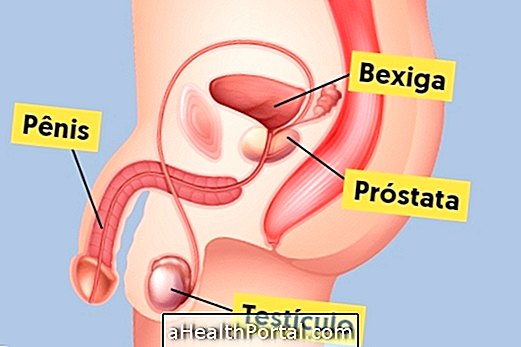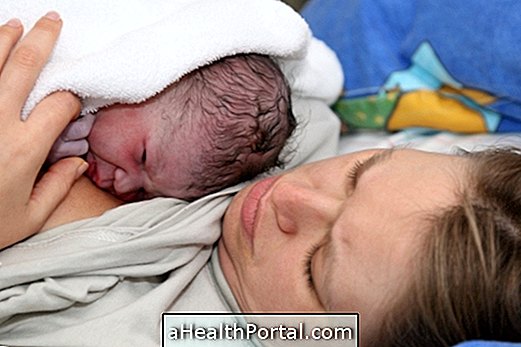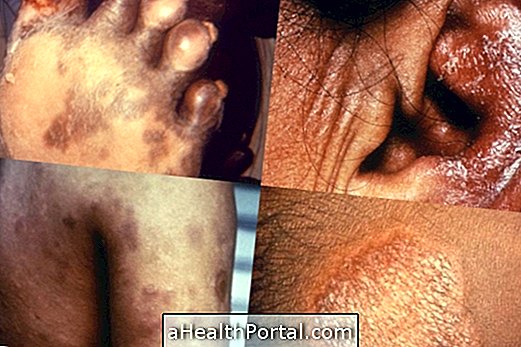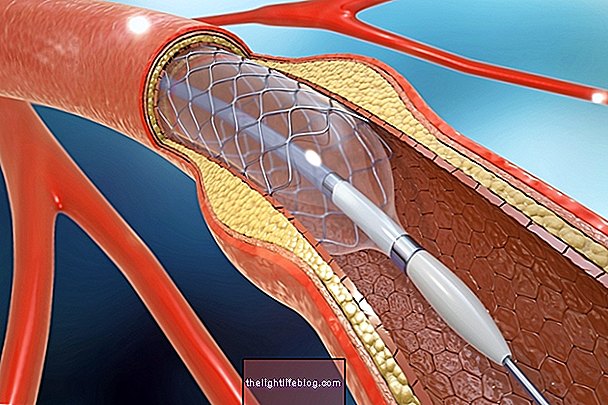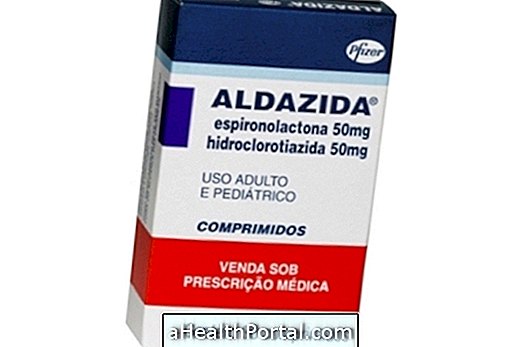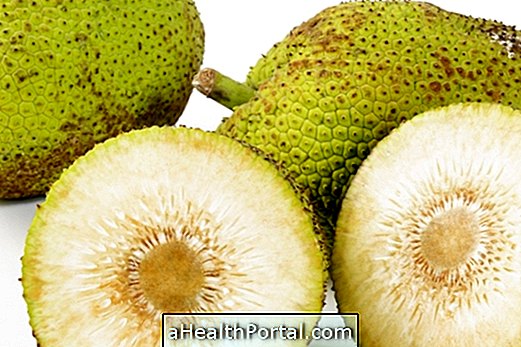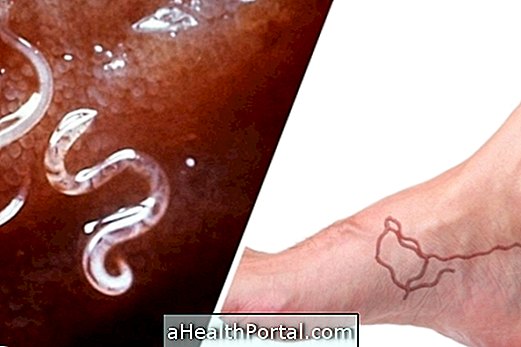Acute hepatic steatosis of pregnancy, which is the appearance of fat in the pregnant woman's liver, is a rare and serious complication that usually appears in the third trimester of pregnancy and carries a high risk of life for the mother and the baby.
This problem usually occurs primarily in the first pregnancy, but may also occur in women who have had children, even without a history of complications in the previous pregnancy.
Symptoms
The hepatic steatosis of pregnancy usually arises between the 28th and 40th weeks of gestation, causing initial symptoms of nausea, vomiting and malaise, which are followed by abdominal pain, headache, bleeding gums and dehydration.
After the first week of the onset of the condition, the jaundice appears, which is when the skin and eyes look yellowish. In addition, in some cases the pregnant woman may also have high blood pressure and swelling in the body.
However, since all these symptoms usually occur in various diseases, it is difficult to have an early diagnosis of liver fat, which increases the chances of worsening the problem.
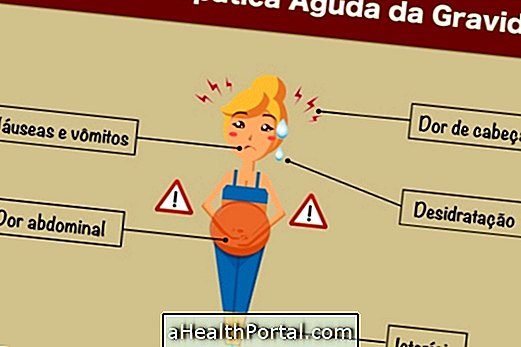
Diagnosis
The diagnosis of this complication is difficult and usually is done by identifying the symptoms, blood tests and liver biopsy, which evaluates the presence of fat in this organ.
However, when it is not possible to perform a biopsy because of the pregnant woman's serious health condition, examinations such as ultrasound and computed tomography can help to identify the problem, but do not always give reliable results.
Treatment
As soon as acute hepatic steatosis of pregnancy is diagnosed, the woman should be hospitalized to begin treatment of the disease, which is done by discontinuing pregnancy through normal delivery or cesarean delivery, depending on the severity of the case.
When properly treated, the woman improves from 6 to 20 days postpartum, but if the problem is not identified and treated early, complications such as acute pancreatitis, seizures, swelling of the belly, pulmonary edema, diabetes insipidus, intestinal bleeding or in the abdomen and hypoglycemia.
In more severe cases, acute liver failure may also occur before or after delivery, which is when the liver stops functioning, impairing the functioning of other organs and increasing the risk of death. In such cases, a liver transplant after delivery may be necessary if the organ continues to show no improvement.
Risk factors
Hepatic steatosis can occur even during a healthy pregnancy, but some factors increase the risk of developing this complication, such as:
- First gestation;
- Pre eclampsia;
- Male fetus;
- Gestation of twins.
It is important that pregnant women with these risk factors be aware of any changes seen in the last trimester of pregnancy, in addition to prenatal and adequate follow-up to control preeclampsia.
In addition, women who have had hepatic steatosis should be monitored more frequently in the next few pregnancies as they have the rich increased from developing this complication again.
To prevent complications during pregnancy, see:
- Symptoms of pre-eclampsia
- Itching in the hands in pregnancy can be serious
- HELLP syndrome



